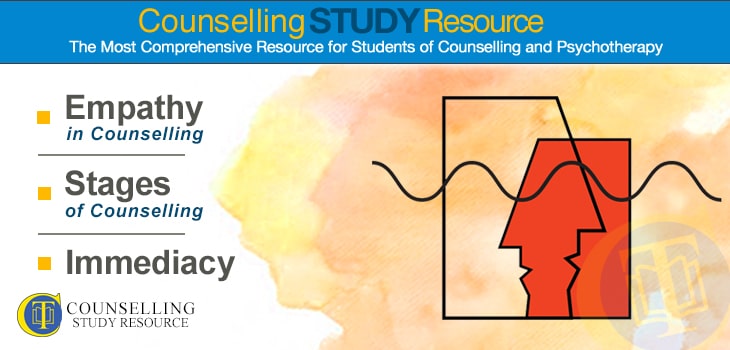Empathy in Counselling (starts at 1.58 mins)
Empathy and sympathy are two very different things: sympathy involves feeling sorry for someone, and comes from your own frame of reference, while empathy involves trying to understand the other person’s situation and experience, putting yourself into their frame of reference as far as possible.
Empathy is like walking in the other person’s shoes – but it’s really important to keep your socks on! In other words, the counsellor must be able to separate themselves from the client again at the end of the session. Another useful image here is that empathy is like entering the client’s room, but without forgetting where the door is so that you can return to your own world later. While in the client’s room, it’s important to go gently and tread lightly.
Carl Rogers proposed that therapist empathy is one of the six necessary and sufficient conditions for therapeutic personality change. Empathy must be circular – in other words, for it to be real and effective, it must be fully perceived by the client. Being truly heard is often a huge relief for clients.
To show empathy, it is important to use a number of counselling skills – in particular, attending, reflecting, paraphrasing and silence. When we talk about ‘idiosyncratic’ empathy, we mean that empathy is not a ‘one-size-fits-all’ quality: it is unique and different for every client, just as they and their experiences are too.
You can read more about empathy on the Counselling Tutor website, where we have published a special article on this topic. There, you can see a video featuring Carl Rogers talking about empathy, and also download a free handout on how to measure empathy in counselling.



